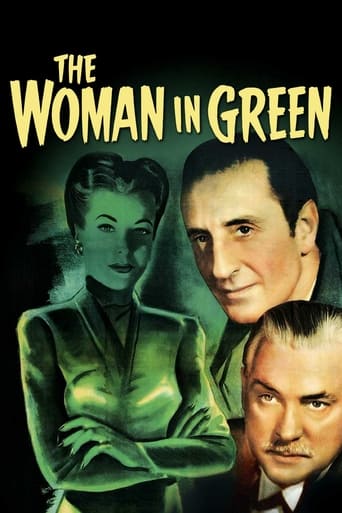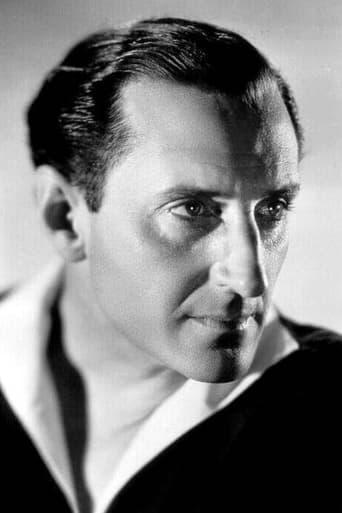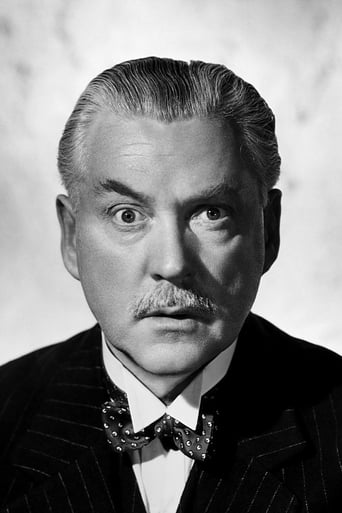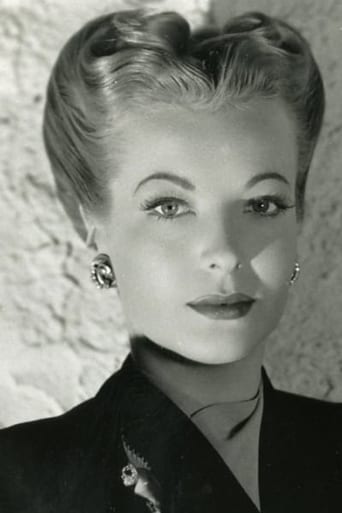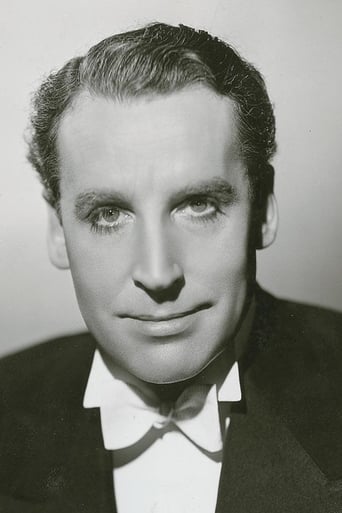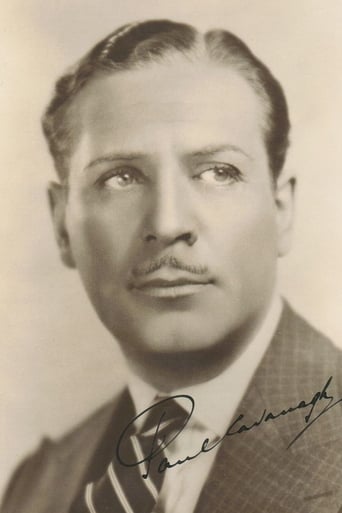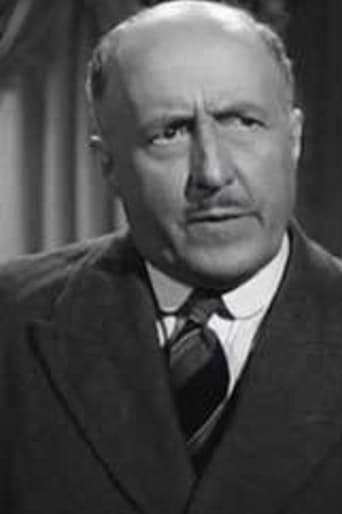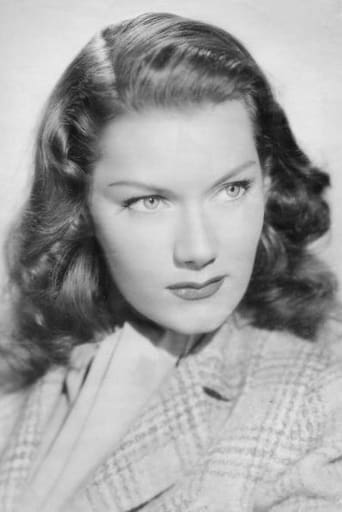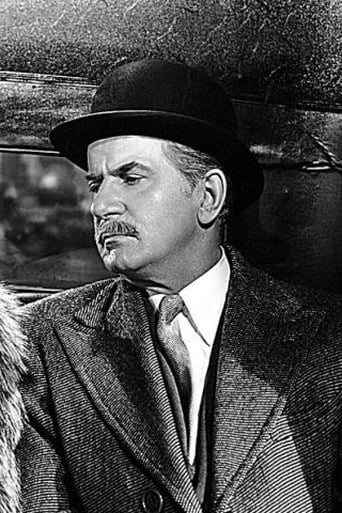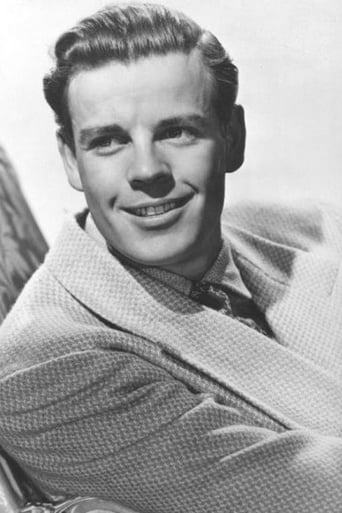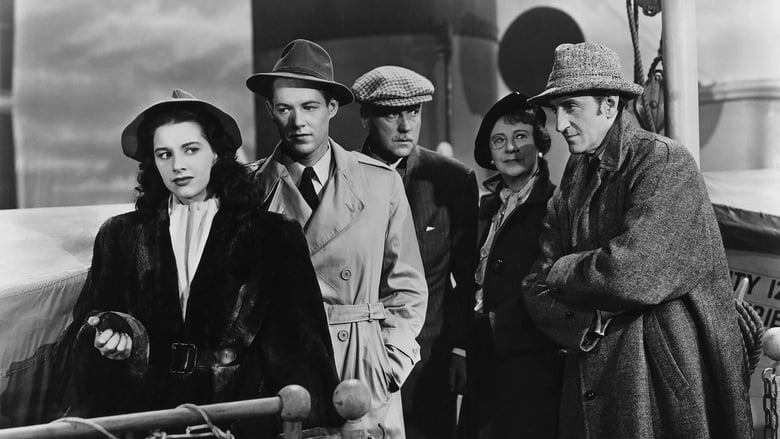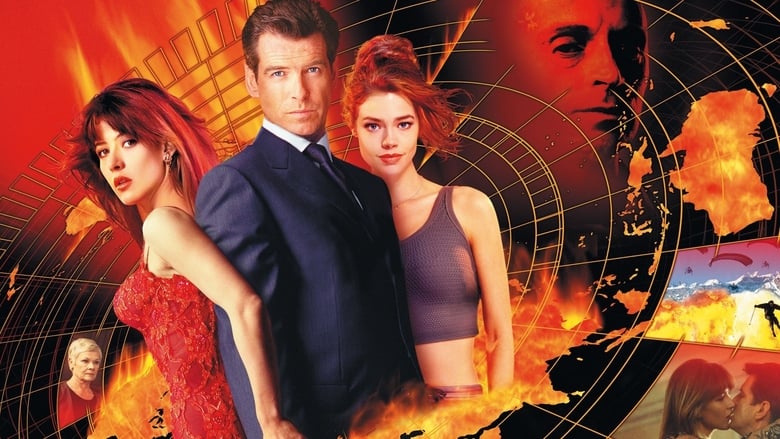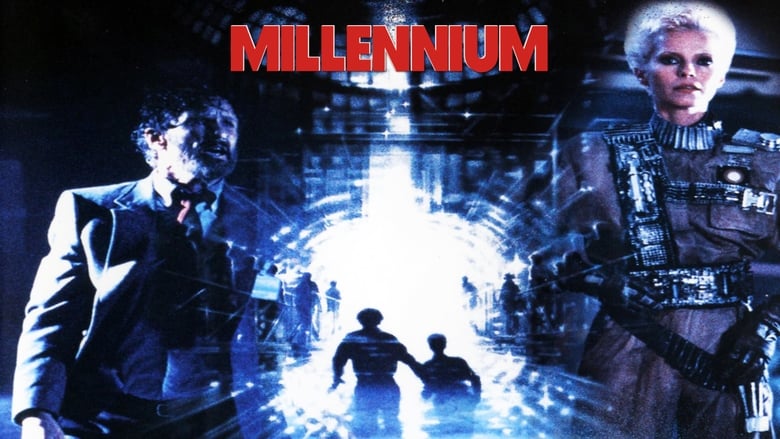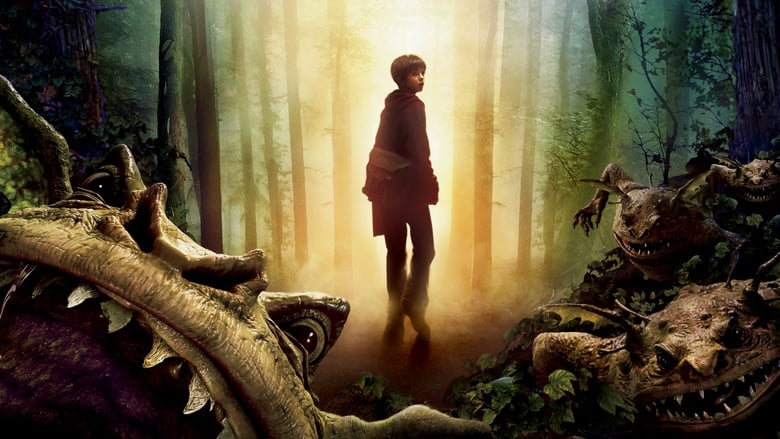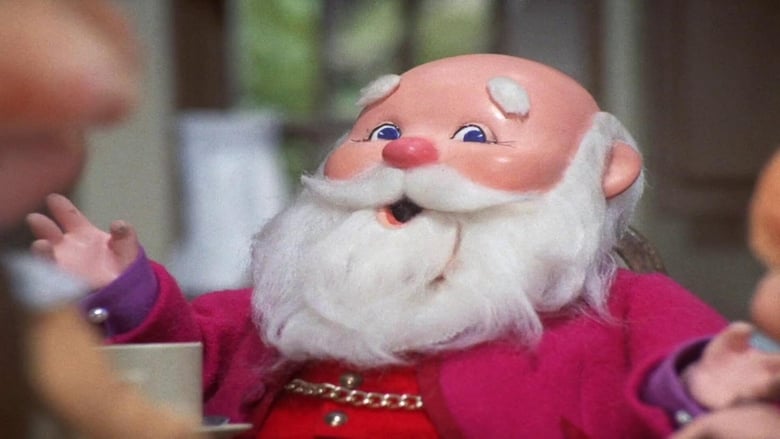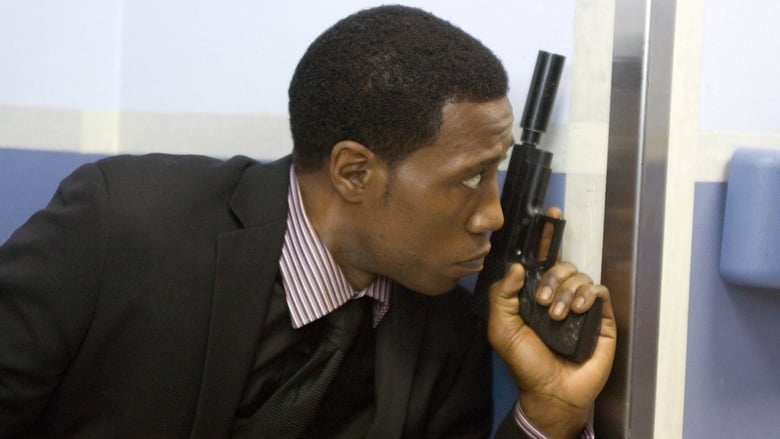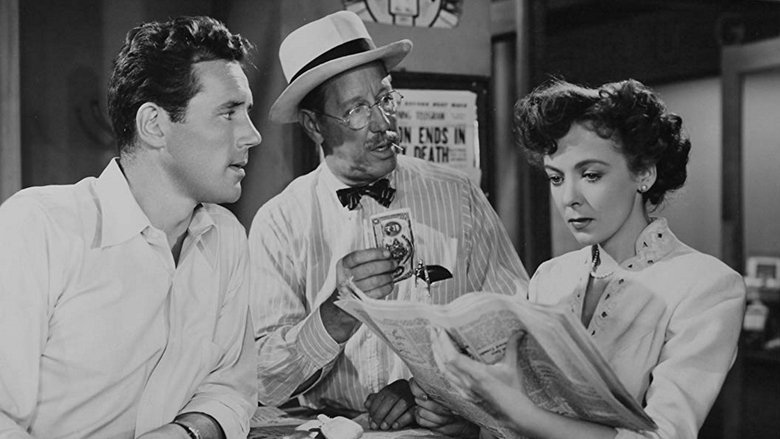Sherlock Holmes investigates when young women around London turn up murdered, each with a finger severed. Scotland Yard suspects a madman, but Holmes believes the killings to be part of a diabolical plot.


Similar titles

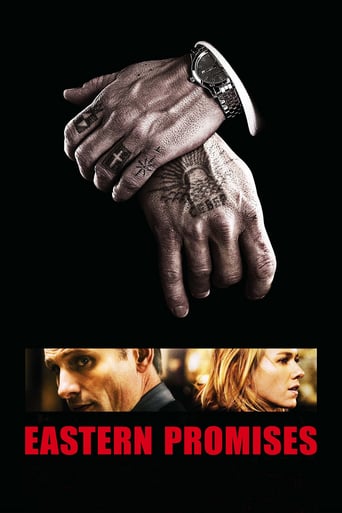
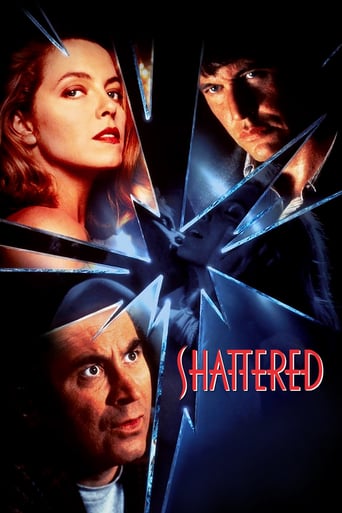
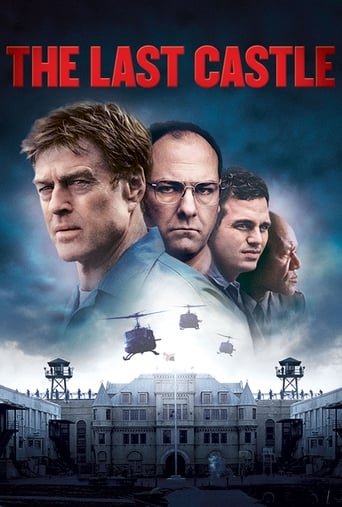
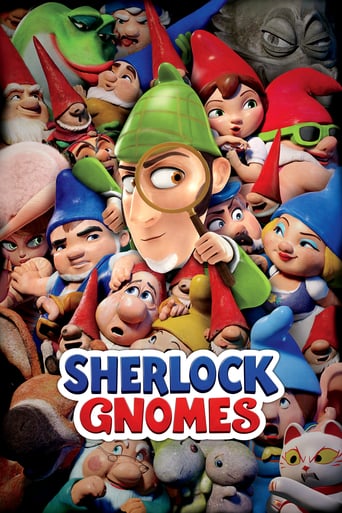

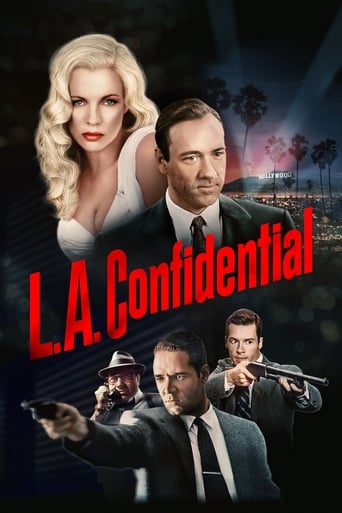
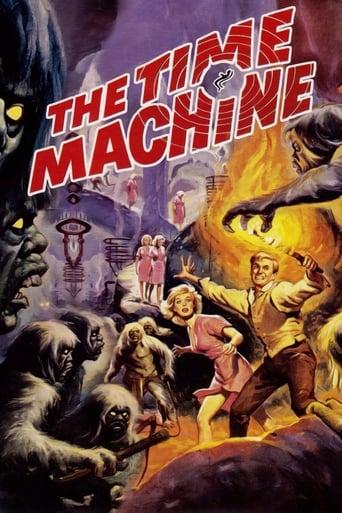
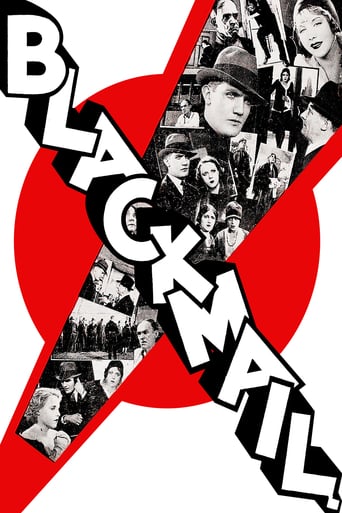
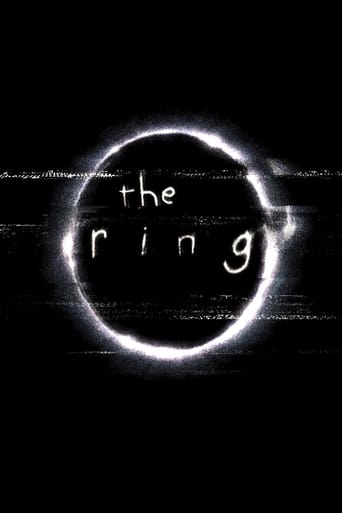
Reviews
In The Woman in Green, London is being terrorized by a series of murders of young women which have only one thing in common: each victim's index finger is neatly cut off. Scotland Yard, as usual, is baffled, and, as usual, turns in desperation to Sherlock Holmes.Though a rather late entry in a series which many feel lapsed in quality through time, The Woman in Green is actually one of the better movies in the Rathbone/Bruce Sherlock Holmes series. Though Holmes's usual police liaison Lestrade is here replaced by the slightly less bumbling Gregson, all of the other expected elements are firmly in place. As with most of the series (except for the initial two, The Hound of the Baskervilles and The Adventures of Sherlock Holmes), this film is set in a sort of combination dream period which is half Victorian and half mid-20th century. The flat at 221B Baker Street is particularly atmospheric and Victorian, perhaps in deliberate contrast to the chic modern flat of femme fatale Lydia Marlowe (Hilary Brooke,) where much of the action takes place.Several things make this film stand out in the series. The puzzle of the murders connected only by a gruesome detail, while so far as I can remember not drawn from any actual Holmes story, has a genuinely Holmesian feel. Bruce's Watson is particularly endearing in his fumbling assistance, and though this is not one of Rathbone's best portrayals of Holmes -- one gets the feeling he's starting to go through the motions this late in the game -- his characterization benefits greatly by for once having a really effective feminine foil: Hilary Brooke as the evil, sophisticated blonde mesmerist proves a credible enemy. Henry Daniell is also very good as a particularly reptilian Moriarty.The photography is also noteworthy here. The spookiness of the film's theme of hypnotism is reflected in dark lighting and tilted camera angles which almost make The Woman in Green into an expressionist noir film.In a nutshell: if you like this series, you are sure to enjoy this film for its combination of elements which you expect in this series with surprising and effective innovations.
This routine addition to the Rathbone/Holmes series feels slightly tired and repetitive from the very beginning. The direction from old hand Roy William Neill feels a little plodding and things are not helped by the decision to create a new story instead of using one of Doyle's - at least with his tales, you could expect interesting little twists and additions to the plot. Here, the simple storyline of murder and hypnotism continuously lacks the excitement and intrigue of other, better adventures. The "spark" isn't gone, as such, instead it just pops up intermittently.It's not a film without its merits, though. For a start, the string of gruesome murders is enough to have any thriller fan going, and the extra little detail - a finger missing from each corpse - adds considerably to the mystery and suspense of the tale. It turns out that the explanation for these missing digits is rather mundane, but the intrigue is still there. When the subject of hypnotism comes into the film halfway through, it's interesting to see how attitudes towards it have changed in the past fifty years - here, it still seems to be a fringe therapy, not really taken seriously by the masses. The film uses it simply for a plot device, and for a comic relief interlude which has sceptic Watson being made to eat his words as he removes a shoe and sock while in a trance.The acting is alright, but both Bruce and Rathbone are beginning to look a little old and tired with their roles. Rathbone in particular looks bored in some scenes, and lacks those zestful moments which counteracted the silent brooding which typically characterised his Holmes. The supporting cast are unmemorable, aside from Henry Daniell's creepy turn as a weird-looking Moriarty! Daniell puts in a quietly menacing turn and milks his villainy for all it's worth. In the exciting ending, Moriarty leaps from a rooftop and grabs a drainpipe, which promptly collapses and leaves him plummeting to the ground below. A fitting end for this memorable screen and paper villain, who here was a bit too full of himself and obviously no match for Holmes.The ending of this film desperately tries to be suspenseful, with Holmes apparently going under a trance and being made to walk off the edge of a roof. Yet it's painfully obvious that he'll survive the experience and turn the tables on the villains at the last minute. These films are chiefly memorable for the little quirky moments of which there are only a couple here (one nice bit has a man in a hypnotic trance get a large needle driven through his hand - a simple trick, yet most effective and wince-inducing). This is by no means a bad film, just a predictable one, with Holmes far from his best.
THE WOMAN IN GREEN (Universal, 1945), produced and directed by Roy William Neil, the ninth installment of the modernized "Sherlock Holmes" mysteries for Universal (1942-1946), and eleventh featuring Basil Rathbone (Sherlock Holmes) and Nigel Bruce (Doctor Watson) in their legendary roles, is, regardless of contradictions from previous theatrical episodes, another interesting entry in the series. Along with some repeat performers in support, Hillary Brooke and Henry Daniell, who've assumed other character parts from earlier products in the franchise, would become central figures this time around, matching wits with the famed detective in another baffling mystery.The opening passage starts with an off-screen narrator, Inspector Gregson, filling in to what's to be presented as the police force come to the Scotland Yard building entrance: "I won't forget that morning, not if I ever live to be 100. I counted the men as they marched out of the yard. They hardly slept for weeks. We of the C.I.D. slept even less, but the nightmare that kept us awake was all the same nightmare. That's why we weren't surprised when the commissioner asked us up for the conference room for a bit of a talk. He talked to us plenty. We knew that! They didn't help any to know what was asked of them." The commissioner holds a staff meeting involving the most ghastly murders to take place on the streets of London since Jack the Ripper where the female victims are found with their forefingers amputated following their deaths. Having no clues nor motives has everyone stumped. A fourth murder soon takes place in Lambert Way, having Inspector Gregson (Matthew Boulton) notifying Sherlock Holmes (Basil Rathbone) for expert assistance. Observing the bodies in the mortuary, Holmes comes to the conclusion the murders are done by a skilled surgeon. However, Sir George Fenwick (Paul Cavanaugh), a lonely middle-aged widower who's been dining with "a handsome woman," Lydia Marlowe (Hillary Brooke), leaves the Penbroke House Club to her apartment for a nightcap where her maid, Crandon (Sally Shepherd) acts mysteriously during his visit. The next morning, Fenwick awakens in a boarding house on Edgeware Road, confused, unaware of how he got there, not accounting for the lost ten hours in amnesiac state. With another murder having taken place nearby, Fenwick believes he's responsible for the crimes when he finds an amputated forefinger in one of his pockets. Later, Fenwick is found murdered, much to the shock of his daughter, Maude (Eve Amber), who had witnessed her father the other night burying evidence of the forefinger in his garden. Discovering Fenwick was being blackmailed for crimes for which he is innocent, Holmes points his finger on Professor Moriarty (Henry Daniell) responsible for the crimes, which seems impossible since his nemesis is dead. Or is he? Throughout it all, THE WOMAN IN GREEN has the distinction of having two different stories for the price of one. It starts off splendidly in typical murder mystery fashion, but once Moriarty (spelled Moriarity in the cast credits) makes his appearance, the story shifts to another direction involving hypnotism. George Zucco and Lionel Atwill, who appeared earlier as Moriarty under Rathbone, each coming to plunging to their deaths conclusion, is now resurrected in the physical being and slightly younger Henry Daniell. Contradiction sets in when Holmes' amiable assistant, Watson, mentions Moriarty was "hanged in Montevideo over a year ago." If so, how about the fatal ends of Zucco and Atwill's Moriarty? Now Morarity has somehow survived his execution in the gallows and is alive and well once more. The idea of Holmes and Moriarty coming face to face again benefits the story greatly. Bertram Millhauser, credited for original screenplay, obviously didn't bother about the earlier films to keep the stories intact. Maybe having Daniell as Moriarty's brother or nephew might have sufficed. Overlooking these factual errors, THE WOMAN IN GREEN is well scripted as is. While there's an interesting segment where Watson gets hypnotized at the Mesmer Club by Doctor Onslow (Frederick Worlock), the true highlight belongs to Holmes when going into a trance by one of Moriarty's assistants, the titled character, who's never referred to in the story as "The Woman in Green." While Mary Gordon returns as Mrs. Hudson, series regular Dennis Hoey is absent this time around as Inspector Lestrade.Distributed to home video in the 1980s, and eventually DVD, THE WOMAN IN GREEN, which has fallen into public domain, has appeared on numerous television and cable television channels over the years, one of them being Turner Classic Movies (TCM premiere: March 8, 2004). Next installment: THE HOUSE OF FEAR. (**1/2)
It seems inevitable to expect that any film franchise could never stick to an established high standard of quality without the occasional slip, and such proved the case for the 1940s Basil Rathbone Sherlock Holmes films. Belying its striking, dramatic title and the credibility suggested by assembling its plot around sequences extracted from two of author Arthur Conan Doyle's most exciting Holmes stories (The Final Problem and The Adventure of the Empty House), the film's drop in quality from previous offerings is unmistakable and jarring, making it one of the weakest and least fun additions to the Rathbone pantheon.A point of interest is the film's topical influence, seemingly taking example from 1940s film noir detective films, both aesthetically, through its moody, tension inducing shadows and through a particularly detached and grim rendition of Holmes, almost as if styled after the prototype noir detective. Nonetheless, while an alternate 'feel' could have breathed intriguing new life into the film franchise, such aforementioned differences are largely where the innovation (and mostly quality) end. The Woman in Green proves unable to escape its frustratingly feeble script, reducing its characters to the worst kind of extremes and almost forgetting to develop its own mystery in the midst of unnecessary expositional sequences. While the narrative attempts to purloin and rekindle successful elements from past Holmes films (particularly The Spider Woman) by way of a seductively murderous femme fatale, the titular character is subsequently given little role or presence within the narrative, suggesting a hasty and under-explored last minute re-write. Similarly, while the incorporated motif of hypnotism boasts intriguing relevance and dramatic potential, it is only superficially developed, leaving the film lack the profundity as well as originality of its predecessors. Nonetheless, the largest fault of the film is its lacking any sort of scope or gravitas to match its implied drama. Despite with an insidious, borderline supernatural murder spree sweeping London, with the exception of a powerful early sequence with an amnesiac aristocrat lumbering through the city, struggling to come to terms with the horrific crime he seems to have committed, the film feels irritatingly contained and sparse, confined to few interior locations and giving little sense of the larger conflict unfolding, thus muting the drama and accessibility of the film. Moreover, the use of infamous antagonist Professor Moriarty feels like a lazy cash-in on an established character, as the timeless villain has little purpose in the narrative apart from skulking around and the occasional pseudo-ominous threat. His death scene, an offhand, uninteresting and borderline comical fall from a rooftop (a risible knockoff of his exhilarating plummet over Reichenbach falls in Conan Doyle's novel) aptly epitomizes the cheapening and neutered menace of the villain through his screen incarnation.While the inherent pleasure of seeing the usual players take centre stage cannot be denied, equally unmissable is their performances here being among their weakest. Basil Rathbone appears vaguely bored in his staple role as Holmes, seemingly attempting to compensate through overstated character quirks and frequently raising his eyebrows to emphasize 'important moments', though his snappy exchanges with Watson are as enjoyably disdainful as ever. Nigel Bruce appears particularly on autopilot as Dr. Watson, reduced to a broad comic foil of a buffoon more than ever (a sequence where he mocks hypnotism and is subsequently humiliated feels particularly unnecessary and embarrassing), and offering little of interest to counteract the poor script. Henry Daniell makes a particularly weedy and drab Moriarty, coasting by on the character's infamy with nonexistent presence and little threat. Hillary Brooke offers a dash of charisma and energy as the insidious titular woman in green, but her fleeting screen time offers his little chance to shine. While still retaining the inherent charm and fun of the Holmes franchise, The Woman in Green marks one of the most boring, under-thought and sloppily constructed offerings within it. While the irresistible Rathbone/Bruce combination offers enough to enjoy to make the film worth watching by more than Holmes purists, those interested would do better to partake in any of the ample selection of superior Holmes dramatizations.-6/10
